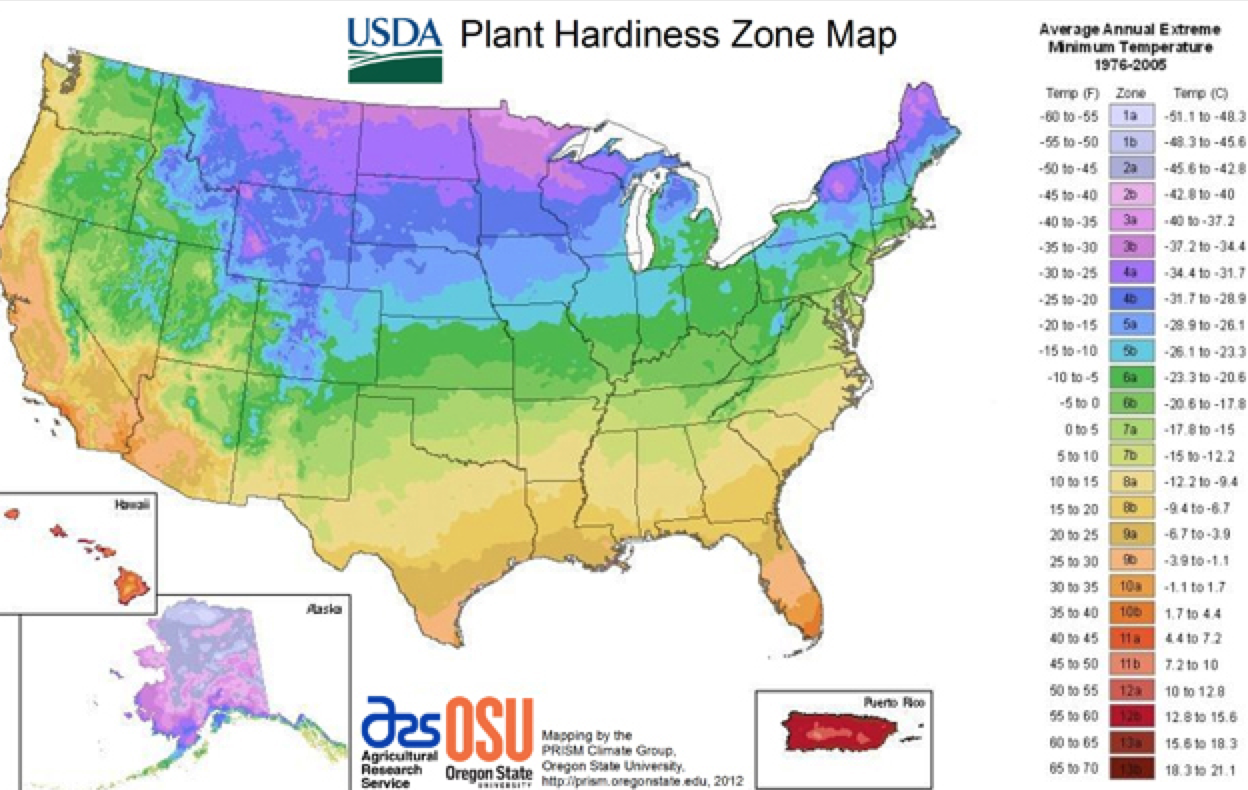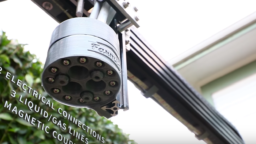Whether you’re stuck in a cramped apartment in the city or living in a suburban starter home while you save up to buy land, there’s no reason you can’t start building your homesteader skills now, as you dream of more self-reliant times ahead. You can check out our guide to how to homestead in a city if you can’t wait to free yourself from the grid, and also start developing the following skills to be ready when the time comes to fully escape the plugged in life:
- Bake your own bread: We tend to take our packaged, fluffy white supermarket loaves for granted, but there is nothing as delicious or satisfying as freshly baked homemade bread. It’s not too difficult to master, and doesn’t require anything more than what you can buy from said supermarket. And in addition to delicious bread, it will provide you with more of a sense of control over what goes into your food and a whole lot of respect for homesteaders of yore-who grew, milled and baked to get their daily bread.
- Pickling and Canning: There’s no reason you need to be growing your own crops to start preserving food. It’s always good to have a nice supply of foods that don’t need to be refrigerated, and really rewarding to make them yourself. Pickling is great because pickled and fermented foods are actually an amazing source of probiotics, and canning your own food is a great way to take advantage of marked-down produce at the supermarket as well as a healthy alternative to most GMO, BPA, toxin-ridden store-bought canned products.
Check out: 7 Steps for Easy Canning
- Render tallow and lard: Mostly a forgotten homesteading art, rendering tallow and lard can be both greatly rewarding and cost-effective. Using often-times free scraps from butcher shops, or, if you’re lucky enough to know a hunter or farmer, the remains of a deer or cow after butchering, tallow and lard can be used in place of conventional oil or store-bought butter and tend to be far more delicious and nutritious.
- Make your own soap: The cost-effectiveness of making one’s own soap is probably the best reason to try it-
 but, like making your own bread or canned products, also gives you a sense of control over what is going in your soap and knowing it’s safe. If you can get over the fear of working with lye, soap-making can be a blast, and odds are you won’t go back after you’ve tried it. Just make sure to follow basic safety precautions and you’ll be making all your family members homemade vanilla-lavender-coconut suds in no time!
but, like making your own bread or canned products, also gives you a sense of control over what is going in your soap and knowing it’s safe. If you can get over the fear of working with lye, soap-making can be a blast, and odds are you won’t go back after you’ve tried it. Just make sure to follow basic safety precautions and you’ll be making all your family members homemade vanilla-lavender-coconut suds in no time!
Check out: 5 Step DIY Soap
- Butcher a chicken: OK, so odds are, if you live in the city or suburbs, you probably don’t have access to a live chicken, but that doesn’t mean you can’t start practicing butchering now. Most supermarkets and butchers sell whole chicken, and they’re always much cheaper than chicken cuts. It’s a great way to whet your pallet for butchering, and you can use the giblets for gravy and bones for tallow-learning how to use the whole animal will give you a great taste for proper homesteading!
If you liked that, you might also like:
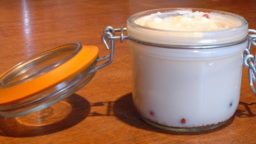
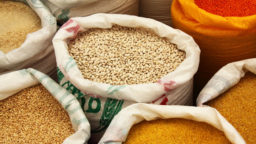
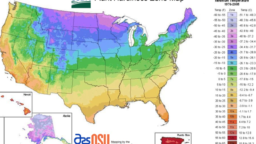
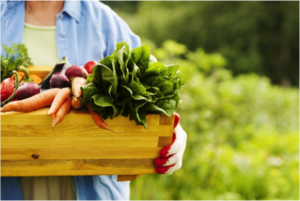 learning about your gardening zone, so that you don’t waste your time with plants that aren’t a good fit for your area.
learning about your gardening zone, so that you don’t waste your time with plants that aren’t a good fit for your area.